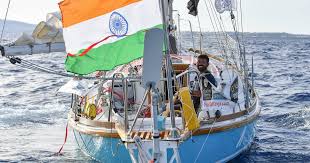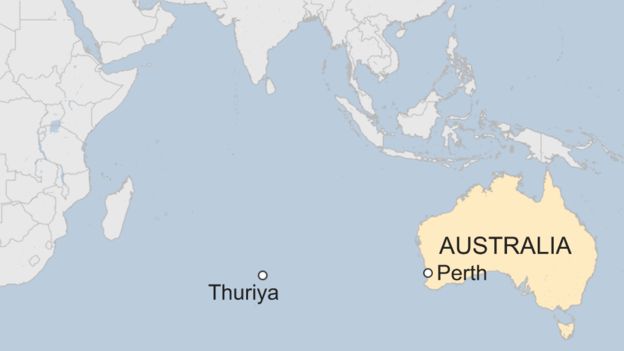Weather forecasting ……. it’s never been that easy.
Witchcraft, pine cones, seaweed, chicken entrails, bubbles in puddles, cows lying down, “rain at 7, clear by 11”, “red sky at night, shepherd’s delight.” If it rains on St Swithin’s Day (15th July) it will rain on each of the next 40 days. “The chill is on, near and far, in all the months that have an R.” “A sunshiny shower won’t last half an hour.” “Seagull, Seagull sit on the sand, its never fine weather when you’re on the land.” Over time, we have tried pretty much every and any method to predict what’s coming. For my part I can tell autumn is now upon us (first day of Autumn today) thanks to my posterior cruciate ligament, anterior cruciate ligament, lateral collateral ligament, medial collateral ligament, lateral meniscus and my medial meniscus or, if you prefer, my patella or knees (other aged aching joints are available)!!!
Old wives tales apart, the two men credited with the birth of forecasting as a science were both Royal Navy Officers, Francis Beaufort (27 May 1774 – 17 December 1857) and Robert FitzRoy (5 July 1805 – 30 April 1865) (neither of whom qualify for the Pretty Much All At Sea bearded sailors hall of fame due to a lack of facial hair!). Although ridiculed at the time, collectively their work gained scientific credence and was accepted firstly by the Royal Navy and later formed the basis for all todays weather forecasting knowledge. Beaufort developed the wind force scale, which he was to use in his journal for the rest of his life and is now used worldwide. Robert FitzRoy was appointed as chief of a new department within the UK’s Board of Trade in 1854 to deal with the collection of weather data at sea as a service to mariners. A storm in 1859 that caused the loss of a ship called the Royal Charter inspired FitzRoy to develop charts to allow predictions to be made, which he called “forecasting the weather”, thus coining the phrase “weather forecast.” Fifteen land stations were established to use the telegraph to transmit daily reports of weather at set times leading to the first gale warning service. The first daily weather forecast was published in The Times on 1st August 1861, and the first published weather maps were produced later that same year. In 1911, the Met Office began issuing the first marine weather forecast by radio. The worlds first televised weather forecasts were experimentally broadcast by the BBC in 1936 and this became a regular feature in 1949. In the late 1970s and early 80s, John Coleman, the first weatherman on ABC-TVs Good Morning America, pioneered the use on on-screen weather satellite information and computer graphics and in 1982 Coleman was a co-founder of The Weather Channel cable TV network.
The UK’s Shipping Forecast, first broadcast in 1924 is now something of a National institution ……..
or if you prefer, there are also the Brian Perkins and the Stephen Fry versions:
Much less humourous tonight is the plight of Indian solo yachtsman Abhilash Tomy. Tomy, a 39 year old Commander in the Indian Navy, in his yacht Thuriya, is taking part in the current Golden Globe single handed circumnavigation of the globe, replicating the feat achieved by Robin Knox-Johnston 50 years ago. The race started  from France on 1st July and seven boats have so far withdrawn from the race. On Friday, 70 knot winds and 45ft waves in the Southern Ocean dismasted Thuriya and has left Tomy seriously injured 2000 miles off the coast of Western Australia. He managed to send a message saying he has a severe back injury and is immobilised, unable to eat or drink. Race organisers said Tomy was “incapacitated on his bunk inside his boat … as far from help as you can possibly be.”
from France on 1st July and seven boats have so far withdrawn from the race. On Friday, 70 knot winds and 45ft waves in the Southern Ocean dismasted Thuriya and has left Tomy seriously injured 2000 miles off the coast of Western Australia. He managed to send a message saying he has a severe back injury and is immobilised, unable to eat or drink. Race organisers said Tomy was “incapacitated on his bunk inside his boat … as far from help as you can possibly be.”

A French fisheries patrol vessel is closing his position and might reach him tomorrow, Monday. Two military aircraft, one from Australia and one from India, flew over the yacht today but crew were unable to establish contact with Tomy. “He is injured inside the yacht so he can’t communicate further,” an Australian Maritime Authority spokesman said today. An Irish race competitor, Gregor McGuckin, whose own yacht was damaged during the storm, has made repairs and is attempting to cover the 90 miles or so between the two yachts and the storm also knocked flat the yacht of Dutch competitor, Mark Slats, not once but twice! Most of the other competitors still in the race were further north and avoided the worst of the storm. Meanwhile race organisers say a search and rescue plane is being sent to Reunion Island to assist, the Indian Navy says it has also despatched two ships to join the rescue effort and an Australian frigate with a helicopter is also enroute, but could take at least 4 days to reach the area. Tomy, who became the first Indian to sail around the world in 2013, is communicating using a texting unit, after his satellite phone went down as Thuriya was dismasted. Yesterday he sent a message saying “Extremely difficult to walk, might need stretcher, can’t walk, thanks safe inside the boat. Sat phone down.”
Fingers crossed.




Keith…..thanks for the post. I had not heard the “Brian Perkins” alternative shipping report before…..excellent.
My weather requirements are a lot more “gentle” than the winds you hope for.
Good luck with your adventure
Bruce
LikeLike
Hi Bruce, neither had I until I first went to Harwich. The Pier hotel plays it on a continuous loop …………. in the Gent’s toilet!!!!!
LikeLike
Fingers crossed. Prayers up. Tomy rescued, and McGuckin also. A plan comes together for all’s well …..
LikeLike